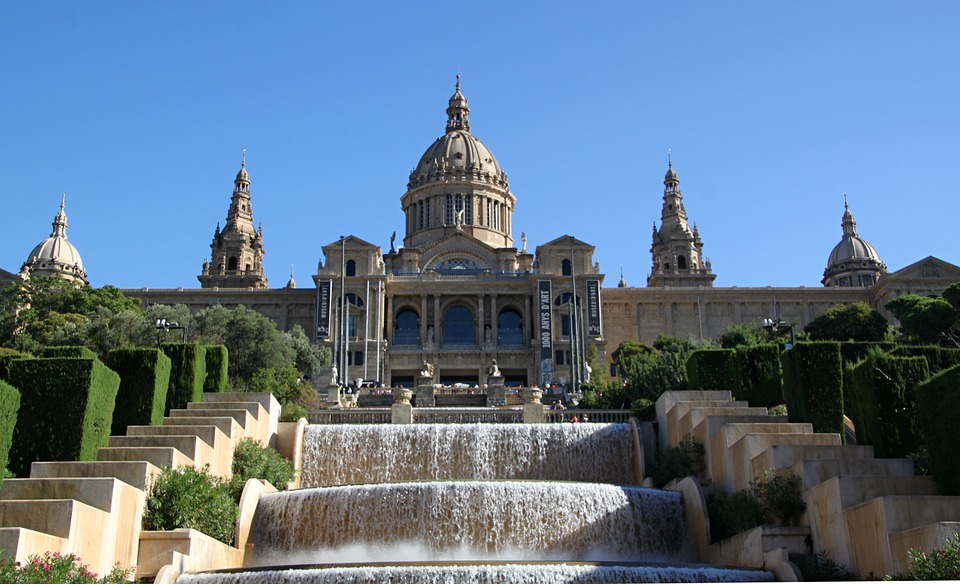Introduction
Marbella, a glamorous city on the southern coast of Spain, is often associated with luxurious resorts, stunning beaches, and a vibrant nightlife. However, hidden within its modern facade lies a treasure trove of history and cultural heritage waiting to be discovered. From ancient ruins to charming old town quarters, Marbella offers a rich and diverse tapestry of historical experiences for the curious traveler.
Ancient Ruins: Unveiling Marbella’s Past
One of the most captivating aspects of Marbella’s history lies in its ancient ruins. The Roman Thermal Baths of Las Bovedas, dating back to the 1st century AD, provides a glimpse into the lifestyle of the Roman elite who once inhabited this region. These well-preserved baths offer a unique opportunity to explore the ancient bathing rituals and architectural marvels of that era.
Another significant archaeological site is the Vega del Mar Basilica Paleochristian Complex, showcasing early Christian religious structures and mosaics. This site, which dates back to the 4th century AD, allows visitors to step back in time and witness the evolution of religious practices in ancient Marbella.
The Old Town: Strolling Through History
At the heart of Marbella’s historic side lies the charming old town, known as Casco Antiguo. With its narrow cobblestone streets, whitewashed buildings adorned with colorful flower pots, and bustling squares, the old town provides an enchanting atmosphere reminiscent of times gone by.
Within Casco Antiguo, visitors can explore the historic Marbella Castle, also known as Castillo de los Naranjos. Built by the Moors in the 10th century, this fortress offers breathtaking views of the city and the surrounding coastline. Its gardens, filled with fragrant orange trees, create a serene setting for a leisurely stroll.
Wandering through the meandering streets of the old town, one can also discover the iconic Plaza de los Naranjos, a picturesque square encircled by traditional Andalusian buildings. Here, visitors can enjoy a cup of coffee or indulge in local delicacies while immersing themselves in the vibrant ambiance of the town’s cultural hub.
Marbella’s Museums: Preserving the Past
To delve deeper into Marbella’s rich cultural heritage, a visit to its museums is a must. The Bonsai Museum showcases a remarkable collection of meticulously crafted miniature trees, offering a glimpse into the art of bonsai and its significance in Japanese culture.
For history enthusiasts, the Ralli Museum exhibits an impressive assortment of contemporary art and sculptures, alongside a substantial collection of Latin American art. This cultural oasis presents an opportunity to appreciate different artistic movements while learning about the historical and social context that shaped them.
FAQs
Q: How can I reach Marbella’s old town?
A: Marbella’s old town is easily accessible by foot from the city center. If you are staying in a hotel outside the center, you can take a taxi or use public transportation to reach it.
Q: What is the best time to visit Marbella for exploring its historic side?
A: The spring and fall seasons provide the most pleasant weather for exploring Marbella’s historic side. The temperatures are mild, and the crowds are fewer compared to the summer months, allowing for a more relaxed and immersive experience.
Q: Are there guided tours available to explore Marbella’s historical sites?
A: Yes, there are several guided tours available that cater to the interests of history enthusiasts. These tours offer expert insights and allow you to explore Marbella’s historical sites with a knowledgeable guide.
